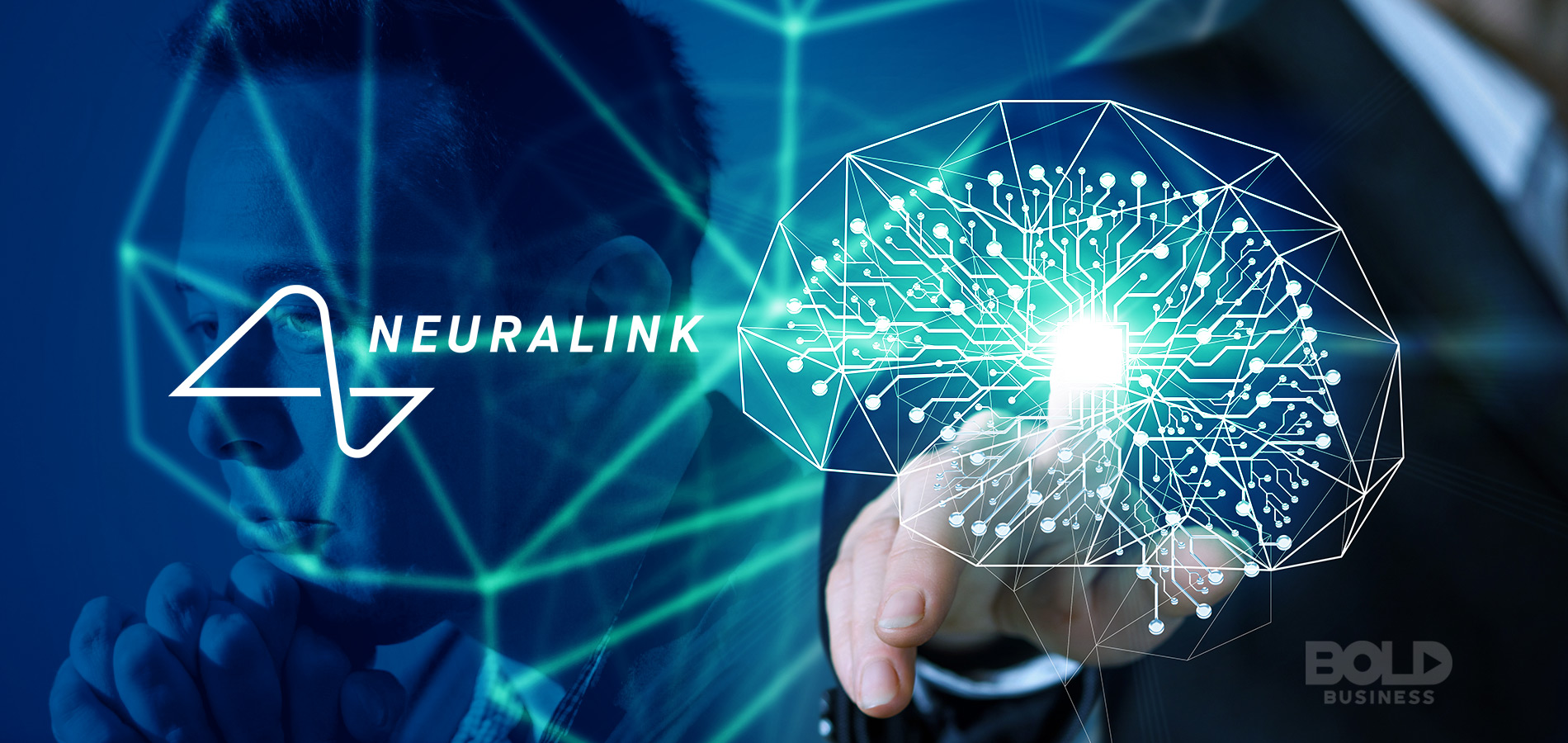Imagine controlling a computer, regaining lost abilities, or even enhancing your mind all with just your thoughts. This is the bold vision of Neuralink, the groundbreaking company founded by Elon Musk. By creating a direct connection between the human brain and machines, Neuralink is turning sci-fi dreams into a rapidly approaching reality.
In this article, we’ll explore what Neuralink is, how it works, and why its technology has the potential to change lives—even if you’re not a tech expert.
What Is Neuralink? (And Why Should You Care?)
Neuralink is a company founded by Elon Musk that’s working on a groundbreaking idea: connecting the human brain directly to computers. This concept, called a Brain-Computer Interface (BCI), may sound like science fiction, but it’s based on a surprisingly straightforward principle. By implanting a small chip in the brain, Neuralink aims to let people control technology—just by thinking.
The vision behind Neuralink isn’t just about convenience. It’s about transforming lives. The technology could one day help people with severe medical conditions like paralysis, blindness, or memory loss. It could also enhance how we think, learn, and communicate. Imagine being able to send a message, move a cursor, or learn a new skill—all without lifting a finger or saying a word.
In short, Neuralink is working toward a future where:
- People with neurological disorders can regain lost abilities
- Learning and memory could be significantly improved
- Humans might interact with devices using nothing but thought
It’s a bold vision—but one with potentially life-changing implications.

For a deeper look at Elon Musk’s other futuristic ventures, check out this article on SpaceX and Tesla.
The Technology Behind Neuralink – In Simple Terms
At the core of Neuralink’s innovation is a small, coin-sized device known as the N1 chip. This chip is designed to be implanted into the skull, where it connects to the brain using ultra-thin, flexible threads—much thinner than a human hair. These threads can detect the electrical signals your brain naturally produces when you think, move, or feel.
Here’s the basic idea:
Your brain sends out signals every time you have a thought or intention. The N1 chip picks up these signals and sends them to a computer, which then translates them into commands—like moving a cursor, typing on a screen, or even controlling a robotic limb.

To make the implantation process safe and highly precise, Neuralink developed a surgical robot. This advanced machine performs the delicate procedure of inserting the threads into the brain with incredible accuracy—similar to how a sewing machine weaves thread. The robot’s design minimizes risk and discomfort, and the procedure is expected to be as quick and non-invasive as something like modern laser eye surgery.
This combination of tiny tech and robotic precision is what makes Neuralink’s approach so unique—and potentially life-changing.
Why Neuralink Could Change Lives
“If this works, it could mean everything. I haven’t been able to move my legs in years, but the idea of controlling a wheelchair or robotic limbs with just my thoughts gives me hope I never thought I’d feel again.”
— David M., spinal cord injury survivor
Although Neuralink’s technology is still in the testing phase, its potential to transform lives—especially in the medical field—is truly remarkable. Imagine a world where people with serious physical limitations could regain control over their bodies, or where memory loss and sensory impairments could be treated with a tiny brain chip.
Neuralink holds promise in several life-changing ways:
- Restoring movement: For individuals living with paralysis, Neuralink could send brain signals directly to robotic limbs or muscles, making movement possible again.
- Treating brain disorders: Conditions like Parkinson’s, Alzheimer’s, and epilepsy may one day be managed or even alleviated through this technology.
- Restoring senses: For those who have lost their hearing or sight, Neuralink could act as a bridge between the brain and external devices, offering the chance to see or hear once more.
But Neuralink isn’t just for people with medical challenges. It could also be a powerful tool for healthy individuals—enhancing memory, speeding up learning, and possibly even allowing us to “download” knowledge directly into our brains. Picture learning a new language or mastering a complex skill in a fraction of the time it takes today.
The possibilities are still unfolding, but one thing is clear: Neuralink could redefine what’s possible for the human mind.
📌 Want to explore other groundbreaking technologies? Check out 5 Unexpected Ways AI is Changing Our Lives.
The Challenges and Ethical Questions
With great power comes great responsibility, and Neuralink is no exception. While its potential is impressive, the technology raises important ethical and practical concerns.
One major issue is privacy—if your brain can send data to a computer, who controls that data? There are also concerns about security. Could this technology be hacked? Finally, questions of affordability and access need to be addressed to ensure this innovation benefits everyone, not just a select few.
Neuralink has stated that it is working with experts to develop ethical frameworks and safeguard privacy, but these conversations need to involve all of us.

What’s Next for Neuralink?
Right now, Neuralink has only tested its chip in animals. But human trials are expected soon. If successful, the technology could enter hospitals and clinics in the next few years.
The implications are enormous. In healthcare, Neuralink could revolutionize the way we treat brain injuries, neurological disorders, and sensory impairments. In everyday life, it might change how we interact with technology—making smartphones, computers, and even smart homes accessible through thought alone.
Final Thoughts: The Future Is Closer Than You Think
Neuralink represents a bold step toward merging technology with the human mind. While there are still challenges to overcome, the potential to improve lives and expand human abilities is undeniable.
Whether you’re excited or cautious, it’s worth paying attention to developments in this space. The next era of human evolution could be closer than we think.

💬 Join the Discussion
What’s your take on Neuralink? Would you try this technology? Share your thoughts in the comments below, and join our community for more discussions on innovation and the future of tech.






Leave a Reply